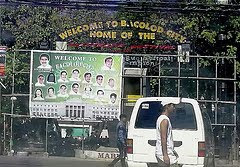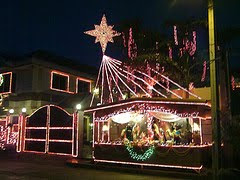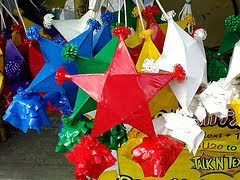I was amazed because that's what I do, too. No breakfast or maybe a late breakfast (or else I'd be late for office), but a glass of Reliv Classic with Innergize before I take anything else. This is a sort of body detox for me. And just look at me and Mayor Bing Leonardia in our respective ideal body weight.

Atty. Nemenzo then said that Reliv products are very expensive he might not be able to afford it. But I explained that it's really worth it's price and the amount he saw at a local department store is a non-member's price so he should become a member himself like myself and the mayor's wife to avail of membership discounts. I cited another mayor, Dr. Eric Saratan of Talisay City as one of Reliv's top master affiliates.
For more information on Reliv products, click on the following link:
http://www.reliv.com/PH/EN/Products.html
If you wish to become a member, please contact me for registration details.
























































